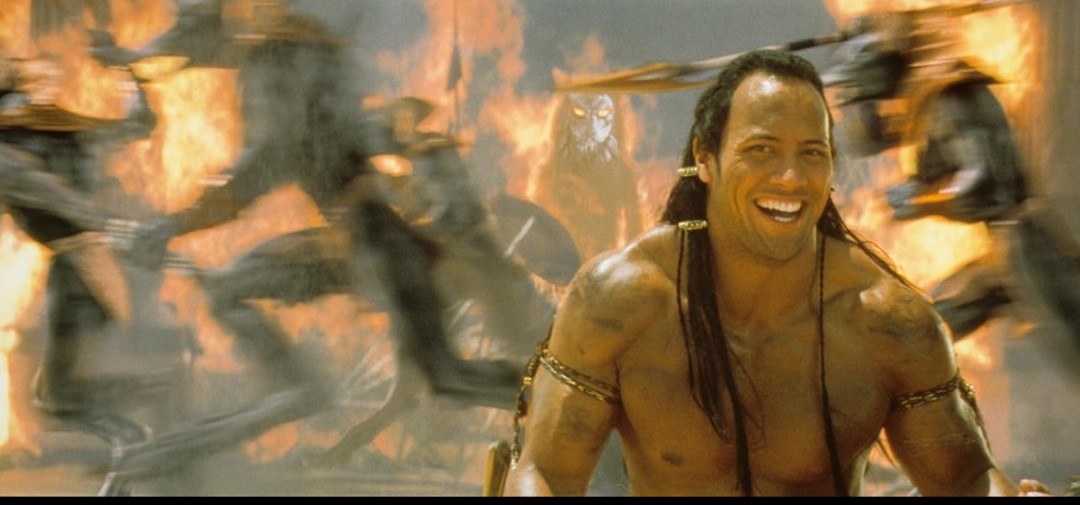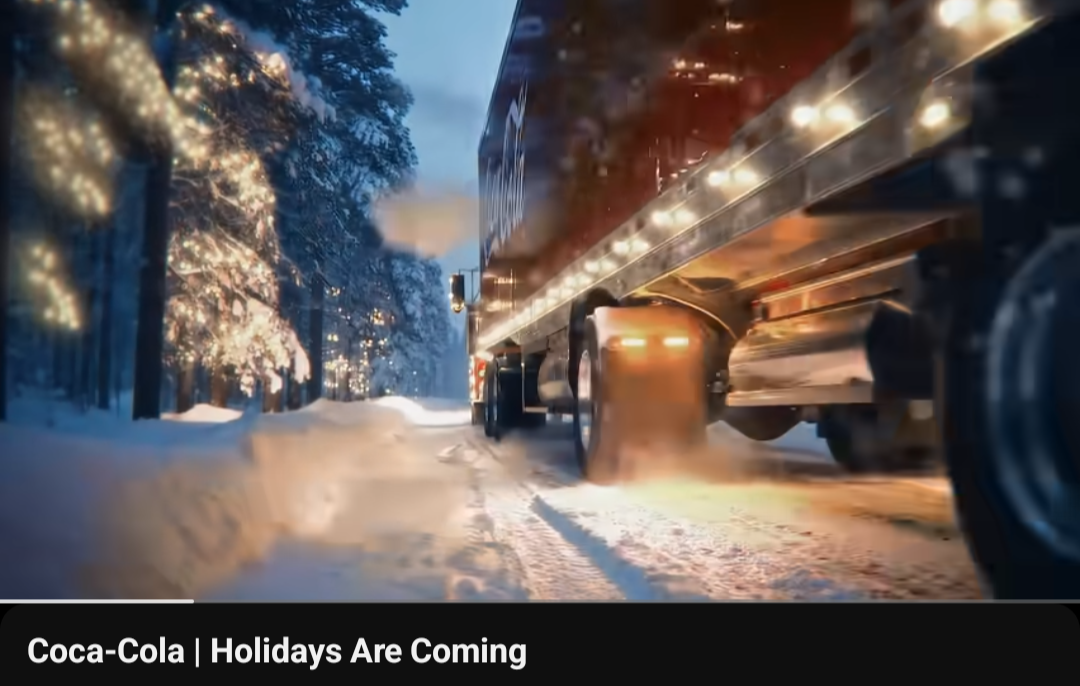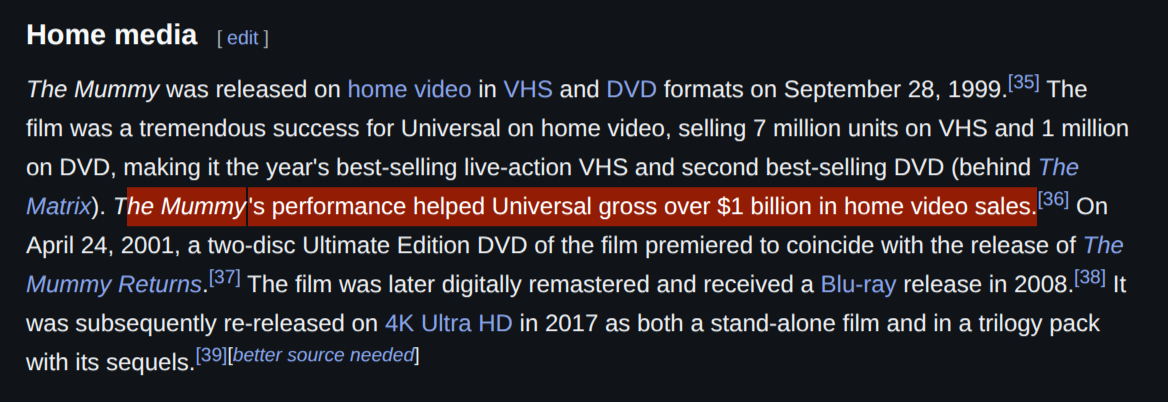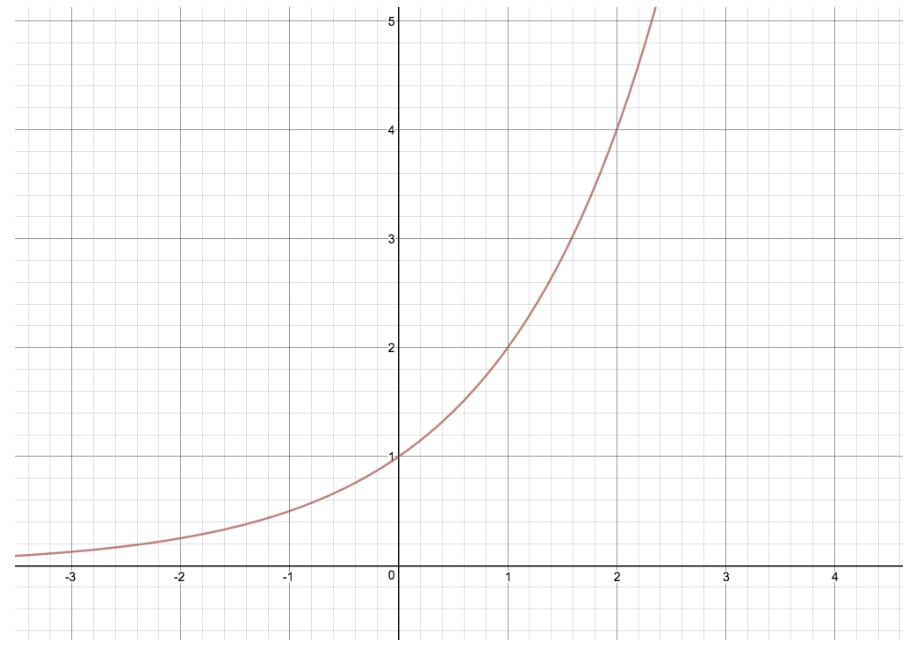EG "make me a 120 minute Star Trek / Star Wars crossover". It should be more or less comparable to a big-budget studio film, although it doesn't have to pass a full Turing Test as long as it's pretty good. The AI doesn't have to be available to the public, as long as it's confirmed to exist.
New big-budget studio film
https://gizmodo.com/the-mummy-new-sequel-brendan-fraser-and-rachel-weisz-2000681497
@JimHays I think the idea is that movies are so dumb that AI should be able to do it easily.
@DavidBolin pretty much this.
When I think of big-budget studio films, I tend to imagine either my favorites, or academy award nominees.
I've mentioned The Mummy Returns in previous comments, for whatever reason it's the one that comes to mind when I think about all the other movies that are big-budget studio films. The bar for this market is high, but I don't think it needs to be higher than the next Mummy sequel.

State of the art
List of predictions for autonomous Tesla vehicles by Elon Musk - Wikipedia
Why would his predictions about AI movies be any more accurate? The correlation with inaccuracy is obviously not chance.
@DavidBolin is Elon Musk more inaccurate than chance? how much predictions did he get right? that list you linked is not an unbiased selection. also btw this is giving me inverse Cramer vibes.
@calour Of course he is more inaccurate than chance, because he is motivated to say that things will be soon.
So if there were going to be AI movies in 2027, he would be very likely to say there would be AI movies in 2026. The fact that he did not say that is evidence there will not be AI movies in 2027 (so not at the beginning of 2028.)
@DavidHiggs maybe a feature length period drama about a man going through all the stages of grief until he finally accepts that he has to eat a shoe
@ScottAlexander maybe someone has asked this already, but the prompt can be as long as wanted? Like a "Make me movie that follows this script: [whole script here]" for example. Or is the question also about a generating a sensible script?
@egroj The question provides an example of a prompt that must lead to a high quality movie being generated.


